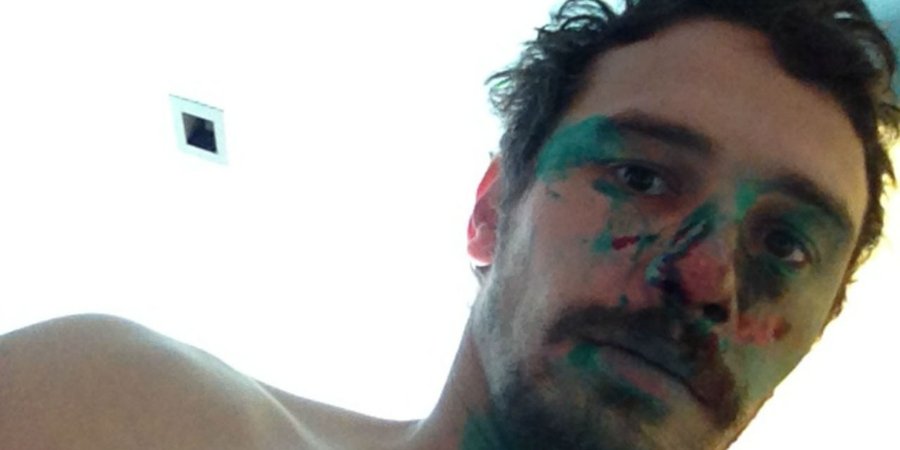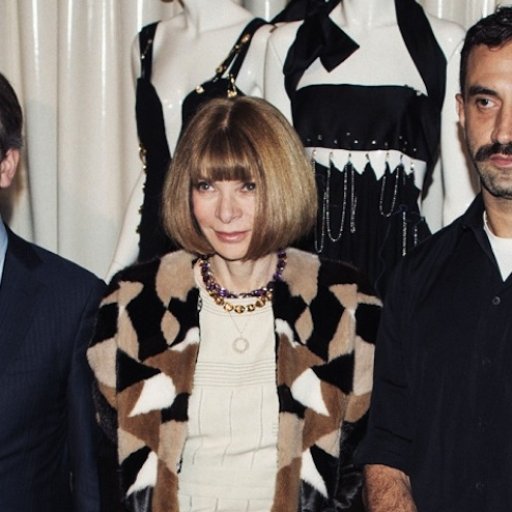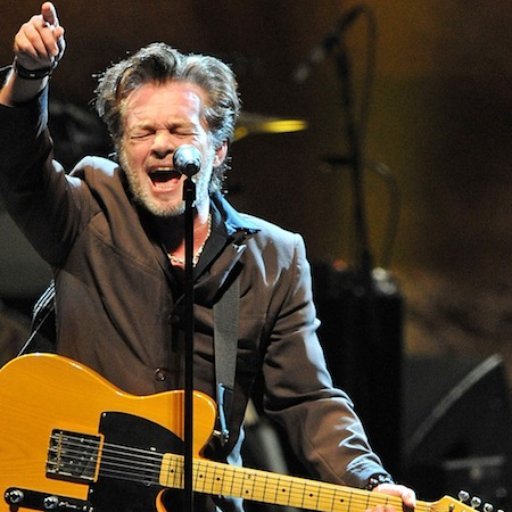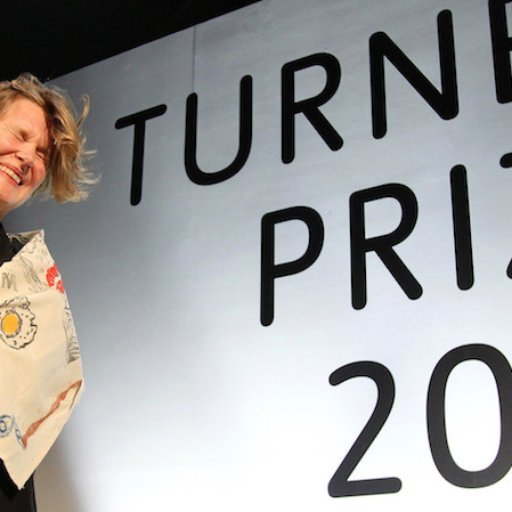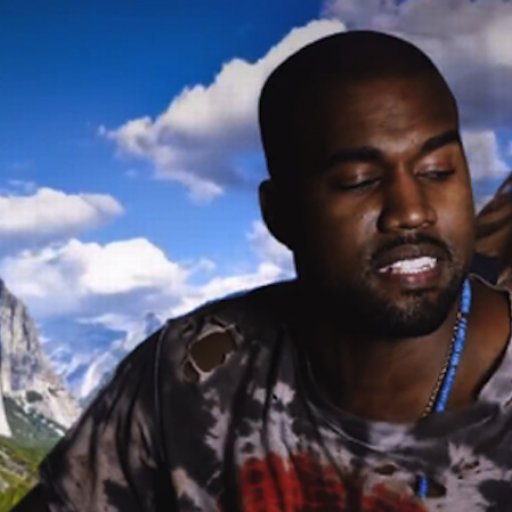WHO IS JAMES FRANCO?
James Franco's life as an actor began with his role as a teenage heartthrob on the cult-favorite television show "Freaks & Geeks" in the early 2000s. He's the actor who played the Green Goblin in Spiderman 2, the Wizard in Oz the Great and Powerful, the guy who cuts off his own arm in 128 Hours, one of the stoner dudes in Pineapple Express, and another stoner dude (who collects art) in This Is the End, among other roles. In recent years, Franco has undergone an improbable and well-documented transformation into a scholar, author, poet, and artist—Franco has taught film production classes at NYU, pursued a PhD at Yale, and, most recently, had multiple gallery shows of his artwork internationally, from Gagosian in Los Angeles to Peres Projects in Berlin to, now, Pace Gallery in New York. Prior to his solo art career, he initially gained art-world attention as part of the performance duo Kalup and Franco, with the artist Kalup Linzy.
WHAT CAN BE SAID OF JAMES FRANCO THE ARTIST?
While he does show a certain commitment to experimenting with different ways of making art—he's evidently learning in public—there's certainly no question that the attention his work has received has largely been of the bemused variety, especially from the art world. His recently-opened show of re-creations of Cindy Sherman's seminally important "Untitled Film Stills" series of the 1970s seems to have resulted in more confusion than anything else, with the Huffington Post going so far as to cruelly ask "Should Franco Give Up Art?" (The art critic Roberta Smith, in a blunt review, provided her own answer to that question.) Meanwhile, Franco certainly has a lot of learning to do in terms of art's "best practices" (yes, they do exist): his 2011 solo show at Terence Koh's Asia Song Society Gallery closed after a few days because of issues regarding "unresolved licensing agreements" (according to the gallery) between Franco and artists whose work he "reinterpreted" in the show.
That said, Franco's incessant experimentation with the slippage between entertainment and art, his toying with sexuality (his Peres Projects show was called "Gay Town") in a way that recalls the biography of his doppelganger James Dean, his reality-show-appropriate confusion of talent and fame, and the sheer implausibility of his project makes it dangerous to dismiss. It's just too weird, and bathetically of-the-moment, to be ignored.
WHOSE ART IS MORE ORIGINAL: JAMES FRANCO OR BOB DYLAN?
Well, both of them have made paintings based on someone else's already-existing artwork. Dylan's 2011 show at the Gagosian gallery in Chelsea consisted of a series of canvases purportedly made during his travels in Asia, which, as was quickly noticed, were actually painted from works by well-known photographers Bruce Gilden, Henri Cartier-Bresson, Dmitri Kessel, andLéon Busy. Meanwhile, Franco recently posted images on Instagram of his new nude paintings of his fellow-actor buddy Seth Rogen—although the images were actually copied from a satirical book of drawings by the artist Christopher Schulz. There's an irony to be found in the fact that both figures have embraced the same kind of utopian disavowal of personal intellectual property and originality that the corporations responsible their fortunes—Columbia Records and Sony Pictures—have been in a slow death spiral trying to combat.
BUT HOW DOES HE COMPARE TO JEMIMA KIRKE?
We're pretty sure we never would have seen "Girls"-star Kirke's paintings in the first place if it weren't for her priveleged parentage and well-established television career. (Alice Neel, whose work Kirke's has been compared to multiple times in the press in recent weeks, took art classes by night while working full-time as a clerk before enrolling at an all-girls' art school so as not to be distracted from her work by the presence of members of the opposite sex; Kirke is basically the opposite of that.) That said, Kirke can, technically, paint, which helps her case somewhat. And, for what it's worth, she had a cameo appearance in Jay Z's "Picasso Baby" video.
But Franco might win over Kirke for his exploratory use of social media via Twitter and Instagram, where he frequently posts self-consciously cryptic selfies with ironic props and pictures of things splattered with paint. While the end results are often questionable, one has to applaud Franco for trying to push the boundaries of his own creative world. Which might explain his obsession with higher eductaion; artists whose work deals with such abstruse topics as representations of the self via new media and reflexive interrogations of art history's grand narratives tend, usually, to be academically trained artists. There's a reason for that.
SO WHY DO WE KEEP HEARING ABOUT JAMES FRANCO'S ART?
Short answer: he has famous art-world friends. Franco has frequently Instagrammed photos of himself bro-ing out with Klaus Biesenbach of MoMA PS1; Terence Koh, who hosted his solo show in New York last year, is a passed master in the juju of working the art press; and Franco and Marina Abramovic are pals—the pair once did a segment together for the Wall Street Journal, and Abramovic is, reportedly, in the early stages of making a movie based on Franco's life. In this regard, at least, Franco is no different from any other successful artist: schmoozing with the right people is a part of every successful artist's career, like it or not. But you can't ignore the fact that the schmoozing, on this level, comes a little bit easier when you're already a Hollywood star.
RELATED LINKS:
Newsmaker: Behind Kanye West's Methodical Conquest of the Art World











